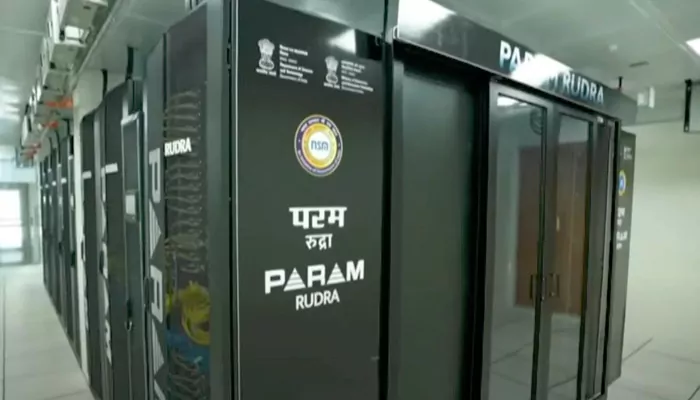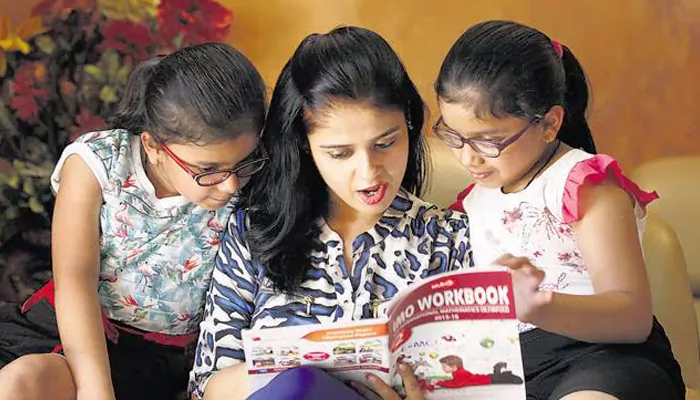
Here are today’s most important updates from the realm of Science and Space.
Beyond Our Solar System: Earth-Like Planet Found Orbiting a Faraway Sun
Scientists at University of California have discovered fascinating insights about the future of solar system. The newly discovered exoplanet, around 1.9 times the mass of Earth, has been rotating around a white dwarf star. This extraordinary finding highlights on the possible fate of Earth if the Sun turns into a white dwarf star finally. Meanwhile, white dwarfs are the leftovers of stars following the destructive red giant period. This discovery provides valuable insights about planetary evolution.
Tech Triumph: PM Modi Launches 3 Indigenous PARAM Rudra Supercomputers

Prime Minister Narendra Modi has launched three PARAM Rudra supercomputers virtually, marking a remarkable step in India’s push for scientific and technological advancement under the National Supercomputing Mission (NSM). The PARAM Rudra supercomputers are part of India's goal to achieve self-reliance in high-performance computing (HPC) to support state-of-the-art scientific research in various fields. These supercomputers are built at a cost of ₹130 crore and have been deployed in Pune, Delhi and Kolkata for pioneering scientific research.
Meanwhile, the National Supercomputing Mission is a collaboration between the Ministry of Electronics and Information Technology (MeitY) and the Department of Science and Technology (DST) for creating a network of advanced computing systems across the nation.
Mapping the Sun's Spin: Indian Scientists Use Century-Old Data for Breakthrough
Astronomers map the Differential Rotation of the Sun’s Chromosphere using 100 Years of Kodaikanal Data
— PIB India (@PIB_India) September 25, 2024
➡️ The research can help give a complete picture of the Sun's inner workings
➡️ We hit on the idea of using solar plages and networks to measure rotation speeds. Images… pic.twitter.com/1vgJLDtHZ8
(Credit - X/@PIB_India)
Indian astronomers have achieved a remarkable feat by mapping the variation in the Sun's rotation speed from its equator to its poles. This is the first time when such estimations are done. The scientists used 100 years of daily solar observations from the Kodaikanal Solar Observatory to reveal new insights into the Sun’s chromosphere, the layer above the Sun's visible surface. The Sun’s rotation differs vastly from Earth’s. Unlike Earth, which spins uniformly, the Sun showcase differential rotation or different parts rotate at different speeds. This unique research provides a deeper understanding of the Sun's activity and its impact on Earth.
Pandemic's Hidden Impact: Short-Sightedness Soars in Kids

According to a new analysis, short-sightedness or myopia is increasing globally among kids. Especially, this trend has increased since the COVID-19 pandemic. Asia has the highest rates of short-sightedness among children, with 85% in Japan and 73% in South Korea are affected. Myopia projected to affect millions of children by 2050 due to increased screen time and reduced outdoor activity post lockdowns.
Meanwhile, the British Journal of Ophthalmology report revealed that global myopia rates tripled between 1990 to 2023. To prevent myopia, scientists suggest that children should spend at least two hours outdoors daily.



.webp)
.WEBP)
.WEBP)
.webp)
.webp)


.webp)
.webp)
.webp)